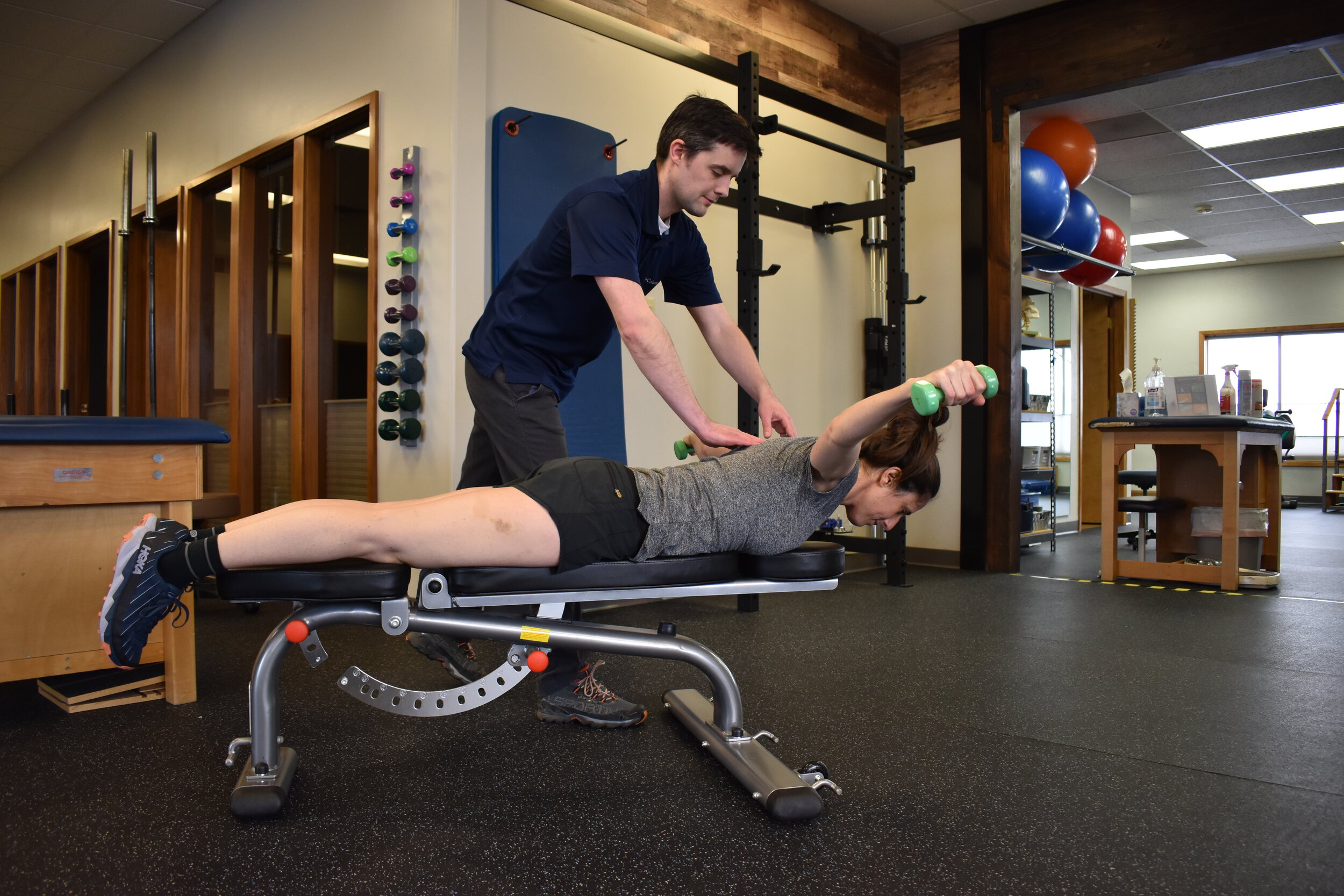
Functional Capacity Evaluations
Over 250 FCEs Under Our Belts
Our FCEs focus on answering case resolution-relevant questions. In doing this, the evaluator plays a role in matching injured workers to viable, long term vocations. Together our evaluators have successfully completed more than 250 FCEs over the past 20 years.
Sapphire Physical Therapy utilizes the industry renowned Matheson System of FCE testing, which is built on a practice hierarchy of safety, reliability, validity, practicality, and utility. This practice hierarchy is endorsed by the American Physical Therapy Association (APTA), the American Psychological Association (APA), and the National Institute of Occupational Safety and Health (NIOSH).
FCE Practice Hierarchy
Safety is the primary premise while conducting an FCE. The patient is continuously monitored for technique, and the psychophysical component of injury and chronic pain is considered while conducting a safe FCE.
Reliability of testing methods is crucial for a useful FCE. Physical effort and competitive test performance are monitored and documented throughout the FCE. Reliability of the Matheson System has withstood the test of peer-review publication (Spine, Journal of Occupational Medicine) and withstood challenge in the court of law from U.S. civil courts to the Supreme Court of British Columbia.
Validity of content is assured through testing methods which employ both standardized, research-based procedures as well as the expertise of a trained, experienced physical therapist.
Practicality is achieved through reasonable cost, quick turnaround time for the FCE report, and ease of FCE testing results. Provided job analyses as well as the Dictionary of Occupational Titles are incorporated to produce an FCE specific to the worker.
Utility is addressed by answering the tough questions. What are the worker’s present physical abilities and limitations relative to his or her job at the time of injury; to present occupation; to future occupational options and why? An FCE is useful tool for the referring physician, worker, physical therapist, employer, and payor alike.



